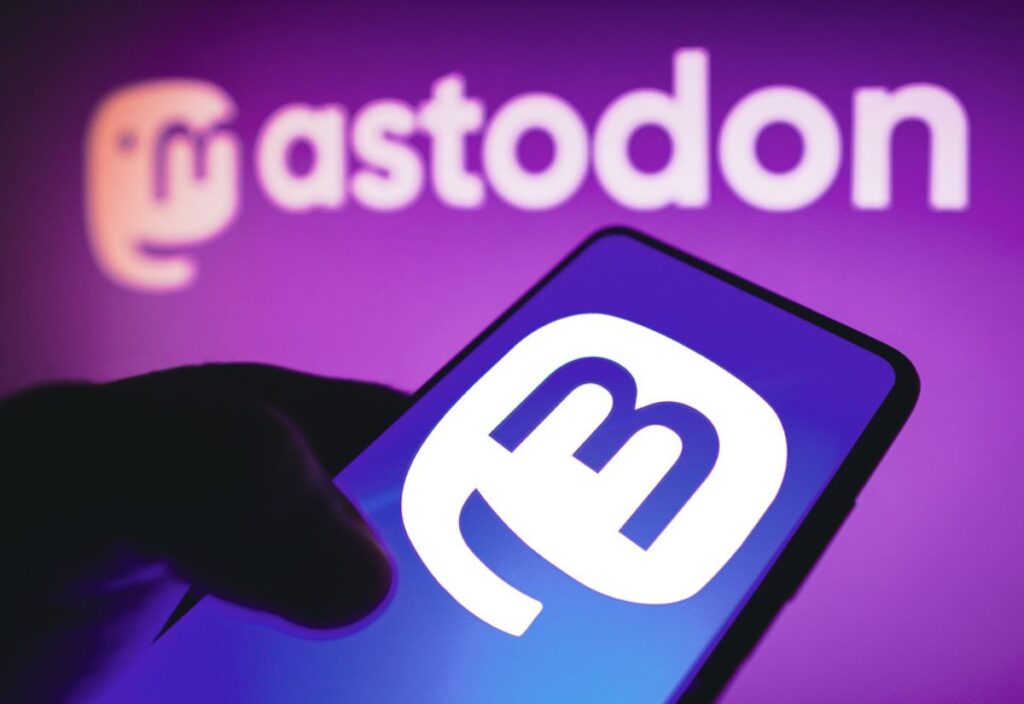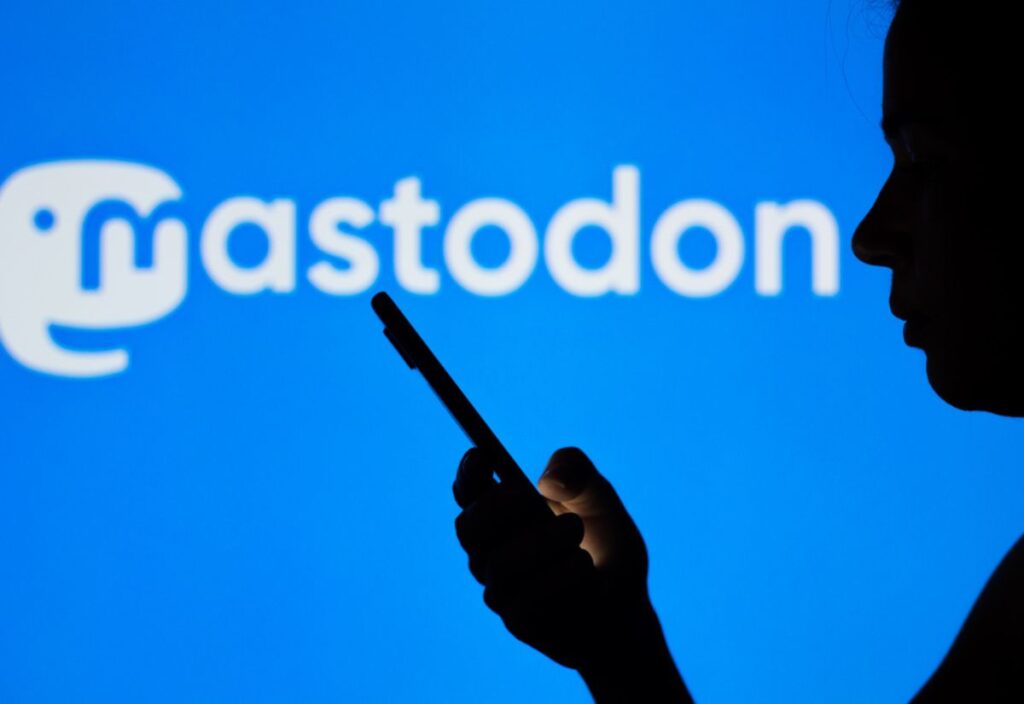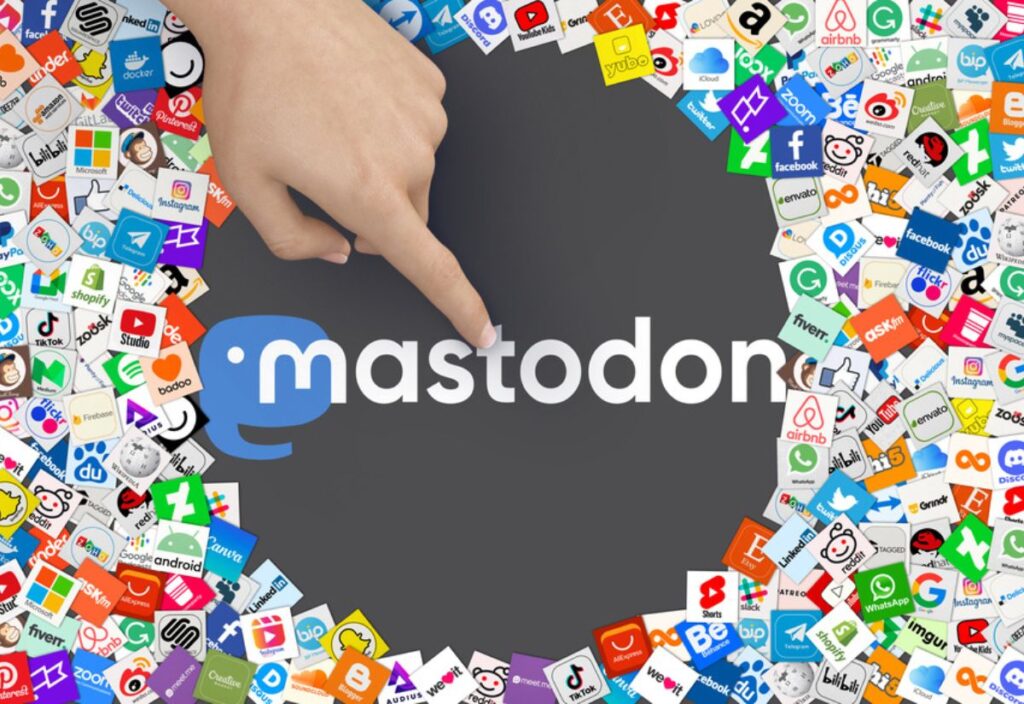Have you heard the rumblings about Mastodon? Maybe you hear a friend talk about it, or perhaps the name popped up in an article about the future of social media. If you’re curious but a little confused, you’re not alone. Mastodon can sound intimidating at first, but fear not! I’ve been tinkering with Mastodon for a while now, and I’ve got the ins and outs to get you started.

Mastodon vs. centralized platforms
Imagine social media as a giant park. On most popular platforms, like Twitter or Facebook, everything is owned and controlled by one big company. It sets the rules, decides who can stay and who goes and well, you get the picture.
Mastodon flips this script entirely. It’s a decentralized network, meaning it’s not under the thumb of a single company. Instead, it’s made up of a bunch of independent communities, like little parks scattered around. These communities are called instances or servers, and each one has its own atmosphere and set of rules.
Whereas Facebook and other traditional social media outlets are called walled gardens, you can think of Mastodon like community gardens. Each garden has its own focus, maybe specializing in herbs or vegetables. They all operate independently but can still connect and share resources. That’s the essence of Mastodon — a network of interconnected communities where users can follow each other across different servers.
However, don’t expect a magical solution to your traffic woes if you join Mastodon. Mastodon is ONLY as good as your network. You need to use the platform but also connect, connect, connect! When you post something, anyone you follow — and anyone who follows them, will see your posts. So it’s all about making those connections.
Finding your herd in a Mastodon instance
So, how do you join this social network? The first step is picking an instance, and you’re in luck because we have our very own Brilliant Bloggers instance. Unlike signing up for a single platform, you’ll be choosing a specific server to join. This might sound daunting, but there are plenty of resources to help you navigate the Mastodon landscape.
- JoinMastodon.org: This website is a great starting point. It lists various instances categorized by interests, location and even rules.
- Ask around: If you have friends already on Mastodon, see which instance they call home. They might even be able to invite you to join their server.
Once you’ve picked an instance, signing up is pretty straightforward. It’s similar to creating an account on any other social media platform. Just choose a username and fill out the necessary details.

How Mastodon works
Now that you’re in your chosen instance, let’s explore how things work. Here’s a breakdown of some key features:
- Posts or toots: These are your posts on Mastodon, similar to tweets on Twitter. They have a character limit which is usually longer than tweets and you can add images, videos and links.
- Following: You can follow other users on your server or across different instances. This allows you to see their toots in your timeline.
- Federated timeline: This is your main feed where you see toots from the people you follow. Unlike a centralized platform, your timeline isn’t an algorithm-curated mess. You see what the people you follow actually post!
- Hashtags: These work similarly to other platforms, helping you discover conversations and communities around specific topics.
- Content warnings: This is a fantastic feature that allows users to flag their toots with potential content warnings, like strong language or upsetting topics.
A Mastodon glossary
As with any new adventure, there are some terms to get familiar with:
- Instance/server: Independent communities that makeup Mastodon.
- Federation: How different instances connect and allow users to interact with each other.
- Fediverse: The broader term for the network of interconnected social media platforms that use the same protocol as Mastodon, allowing users to follow each other across different platforms.
- Toot: The name for a Mastodon post.
- Boost: The equivalent of a retweet. You can boost a toot from someone you follow to share it with your followers.

Why Mastodon?
So, why should you consider joining the Mastodon herd? Here are some reasons why it might be a good fit:
- More control over your experience: You choose the server that aligns with your interests and values.
- Less centralized control: No single company dictates the rules or algorithms that shape your experience.
- Focus on community: Each instance fosters a unique community feel, allowing for more meaningful interactions.
- Potentially less toxicity: With more community control over content moderation, some find Mastodon to be a less toxic environment.
- Open-source development: Anyone can contribute to the code, promoting transparency and ongoing development.
Is Mastodon perfect?
While Mastodon offers a compelling alternative, it’s not without its quirks. Here are some things to consider before you take the plunge:
- Learning curve: The decentralized nature can be a bit more complex for newcomers who are used to centralized platforms. Picking an instance, understanding federation and navigating the interface might take some getting used to.
- Finding your friends: Migrating your social circle can be a challenge. Since everyone picks their own server, it might take some effort to reconnect with people you already know online.
- Smaller audience: Compared to giants like Twitter, Mastodon’s user base is smaller. This can mean less overall activity and potentially fewer people to connect with depending on your interests.
- Instance hopping: If you’re not happy with your chosen server, you can migrate to a different one. However, this can be inconvenient and might disrupt your established connections.
Toot or not to toot? The decision is yours
Ultimately, deciding whether Mastodon is for you depends on your priorities. If you crave more control over your social media experience, value community-driven spaces and are looking for a potentially less toxic environment, Mastodon is definitely worth exploring. However, if you’re comfortable with established platforms and prioritize a large, active user base, Mastodon might not be the best fit.
The good news is, there’s no harm in trying! You can always create an account, explore different instances, and see if the Mastodon experience resonates with you. Who knows, you might just discover a vibrant online community that feels more like a friendly neighborhood park than a crowded, algorithm-controlled jungle.
